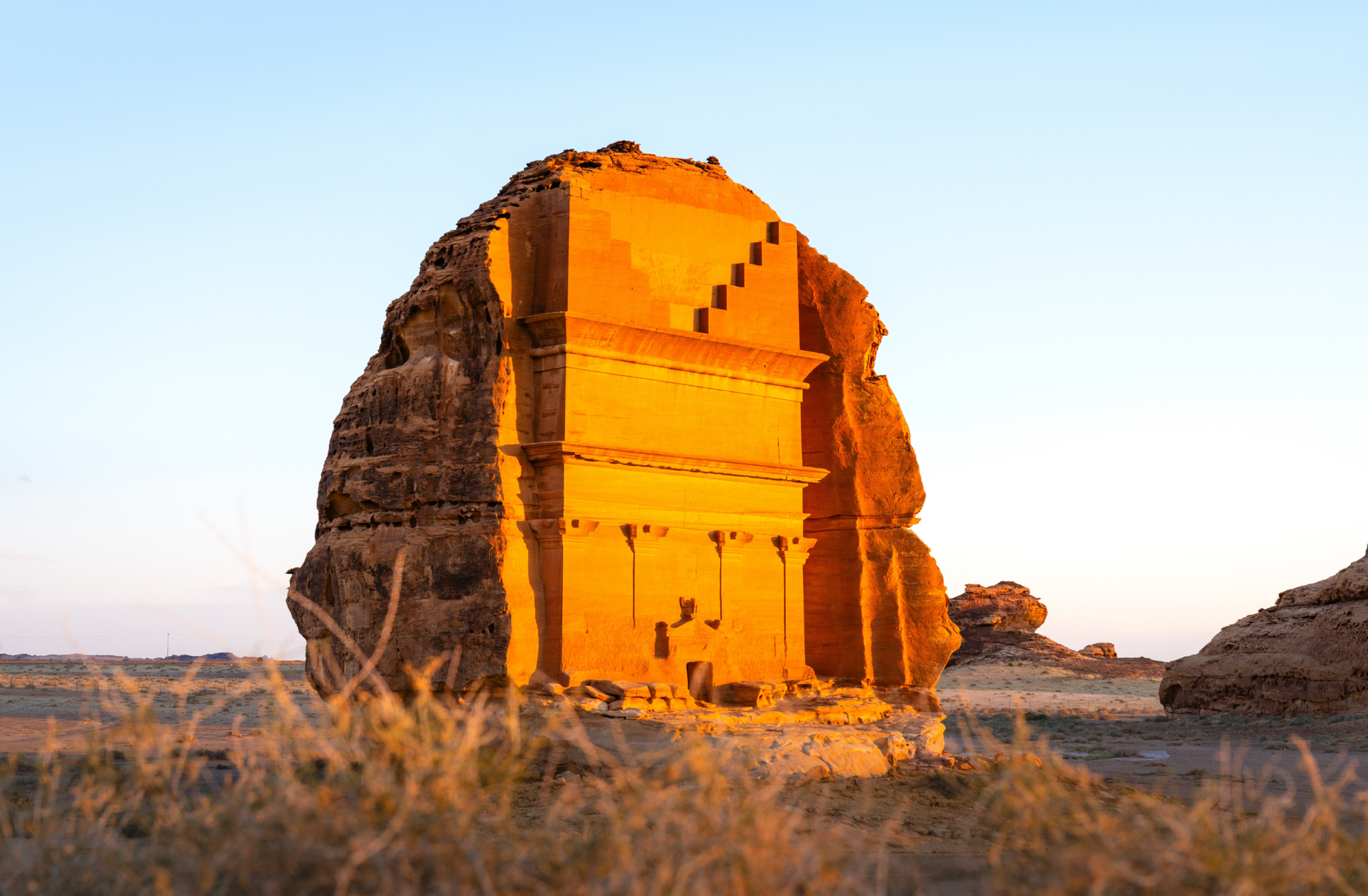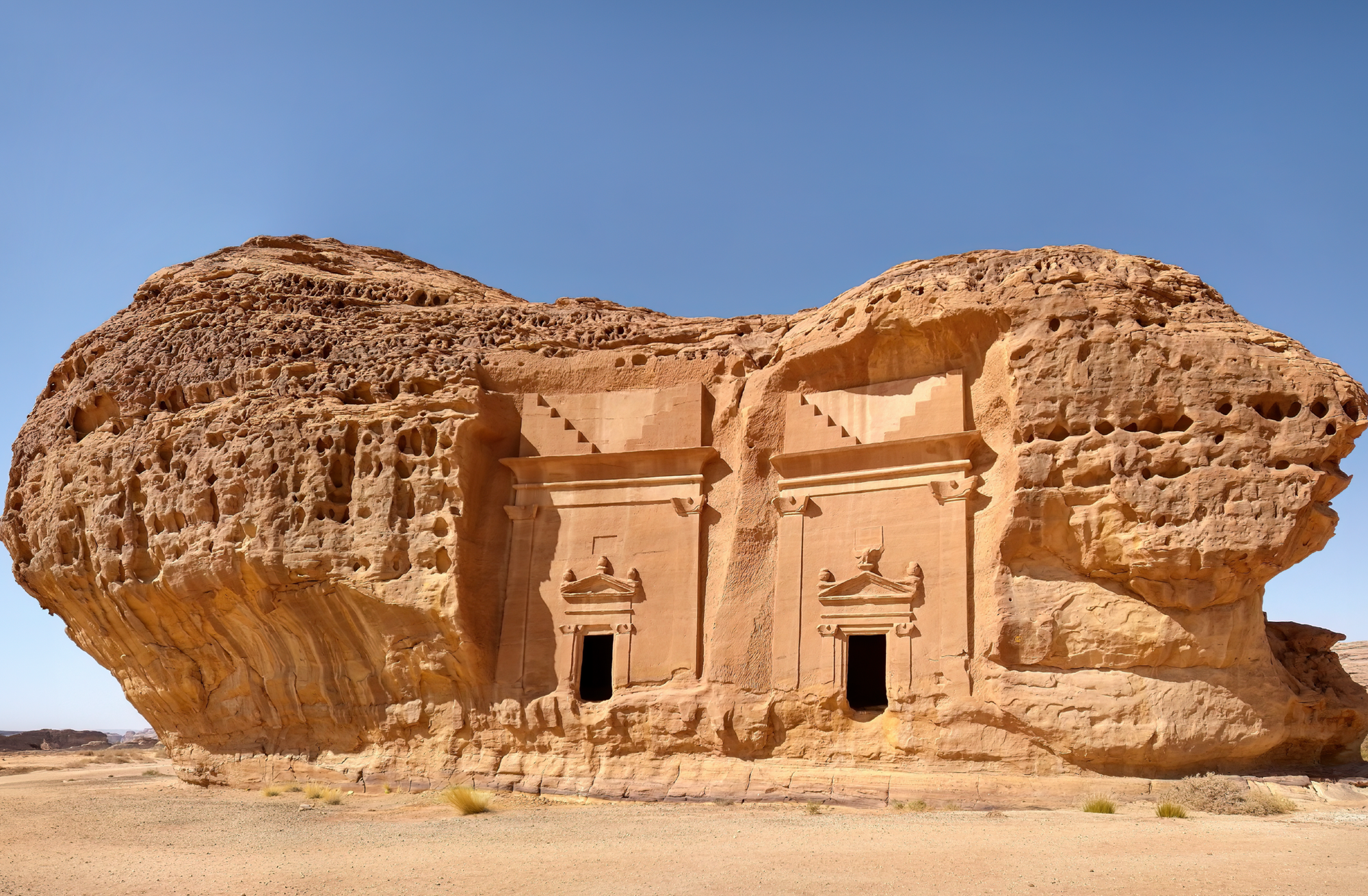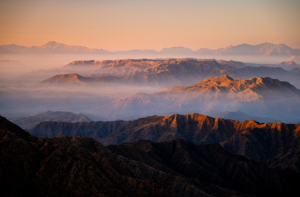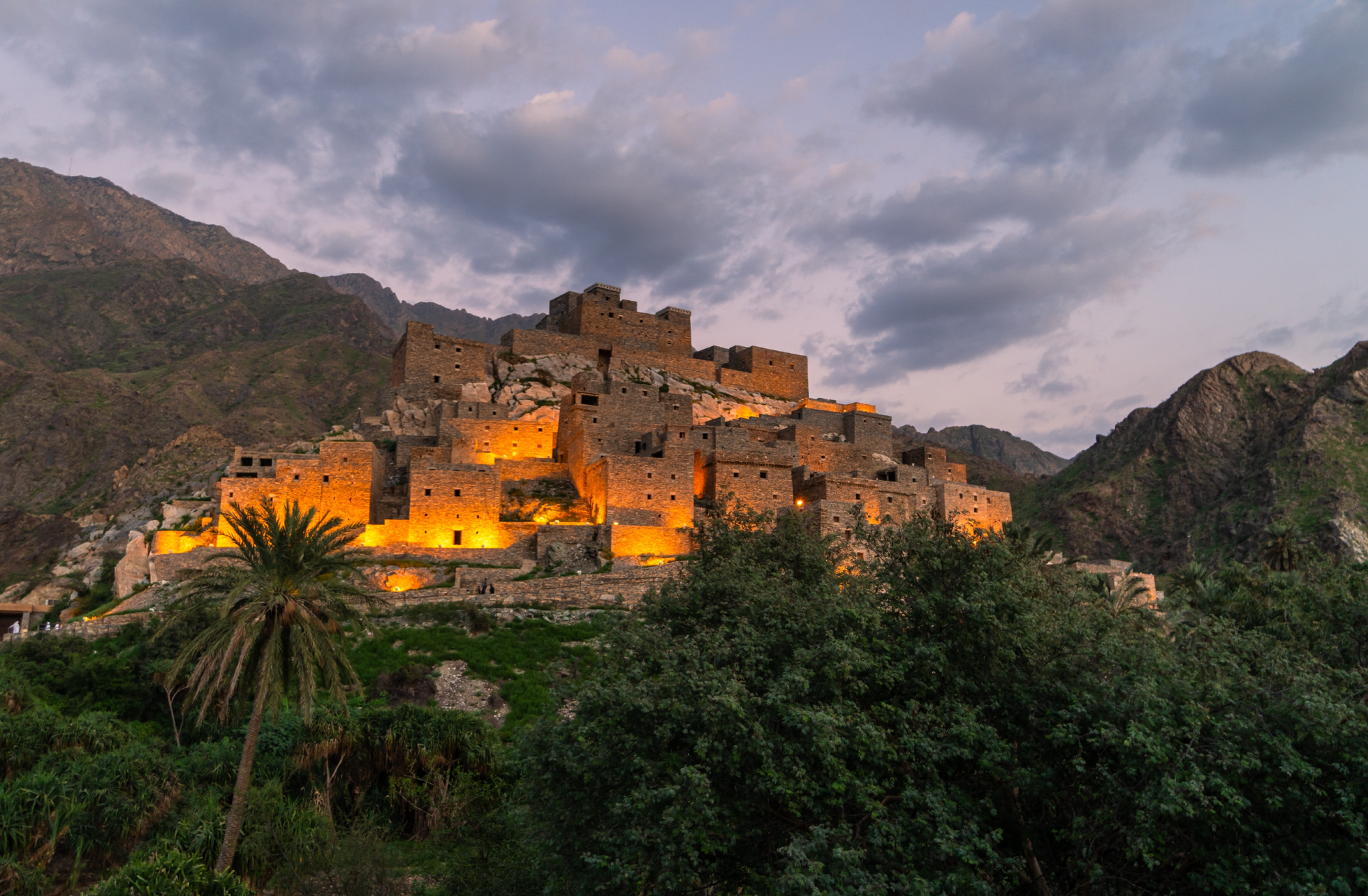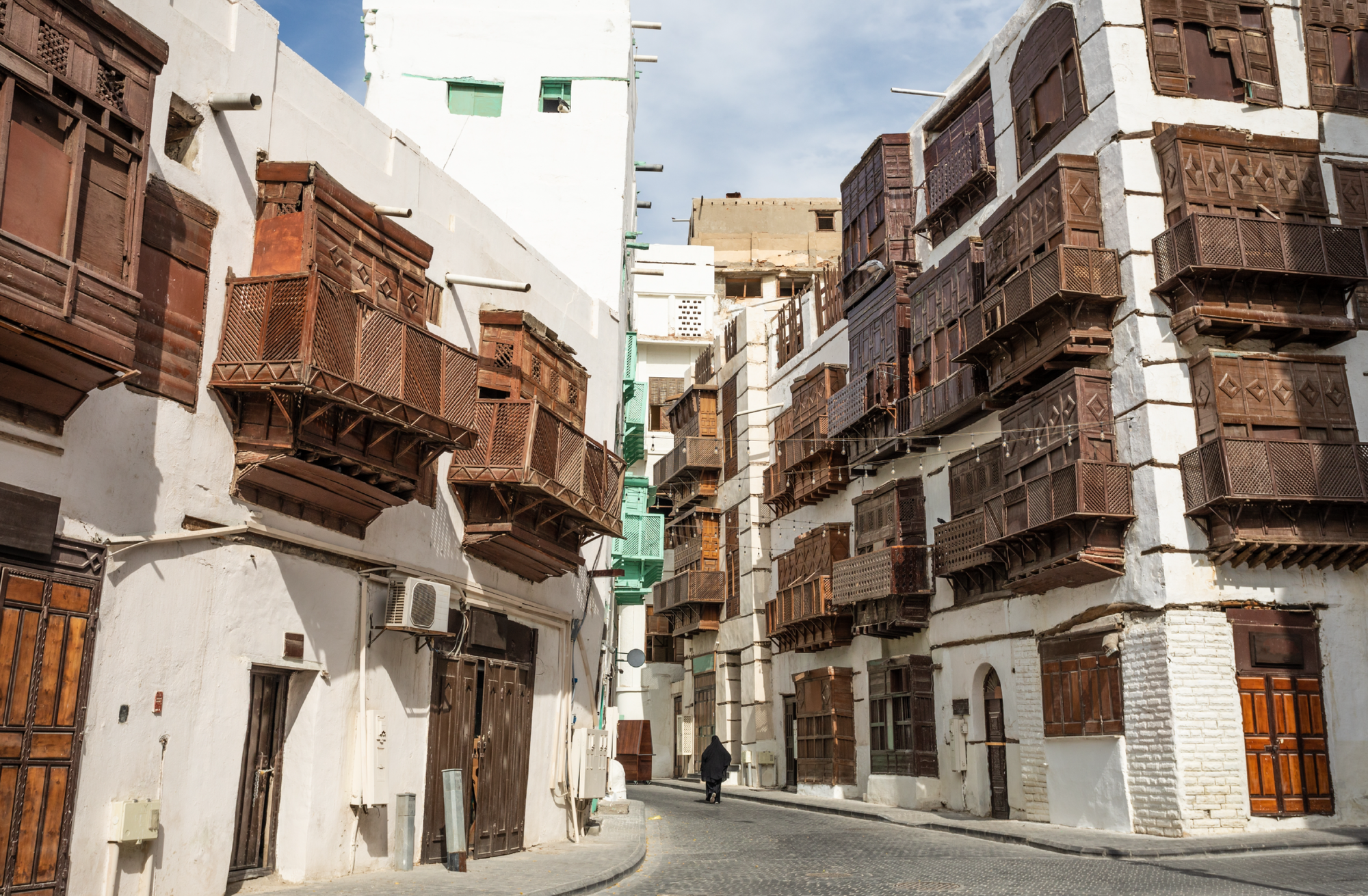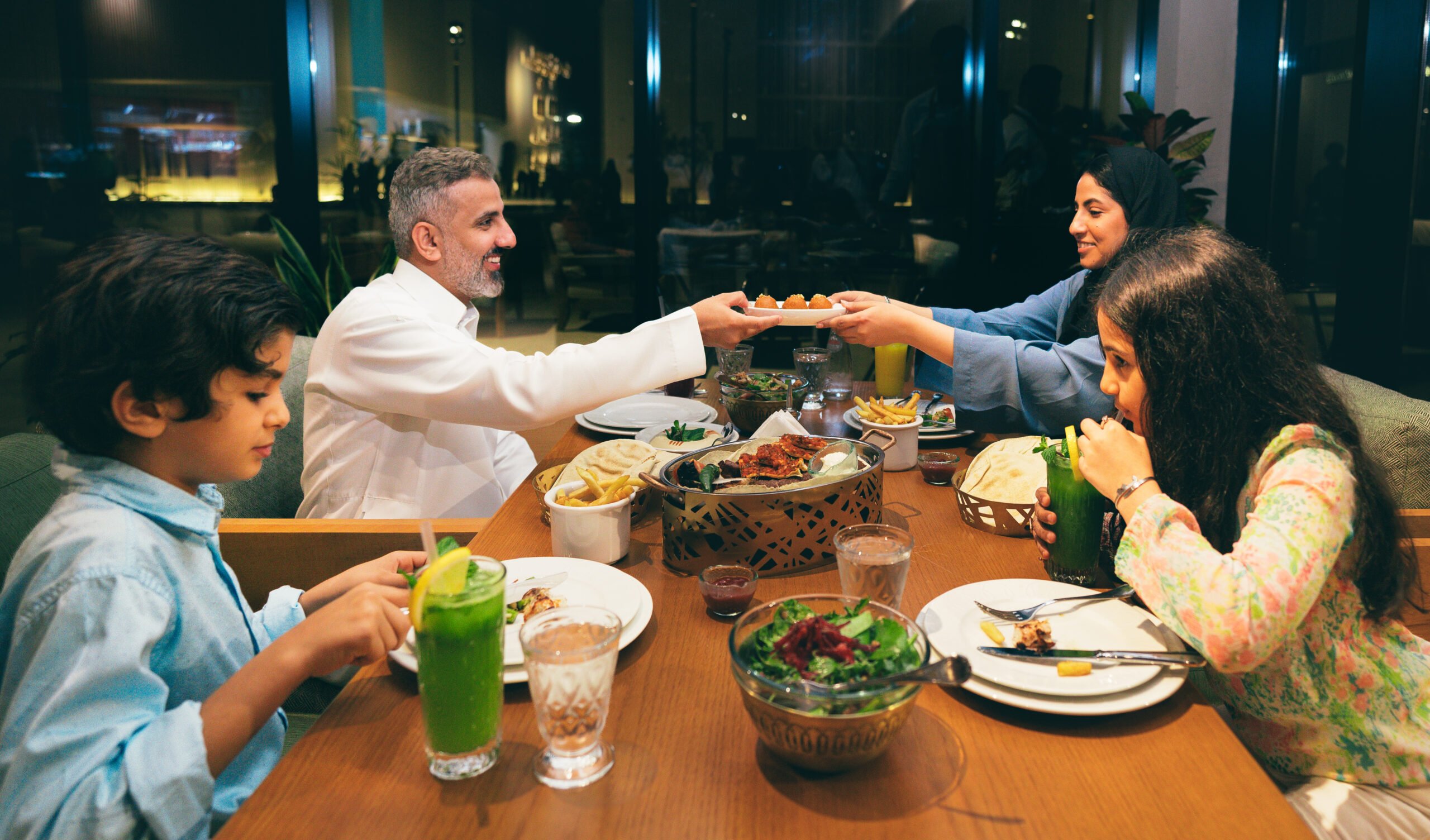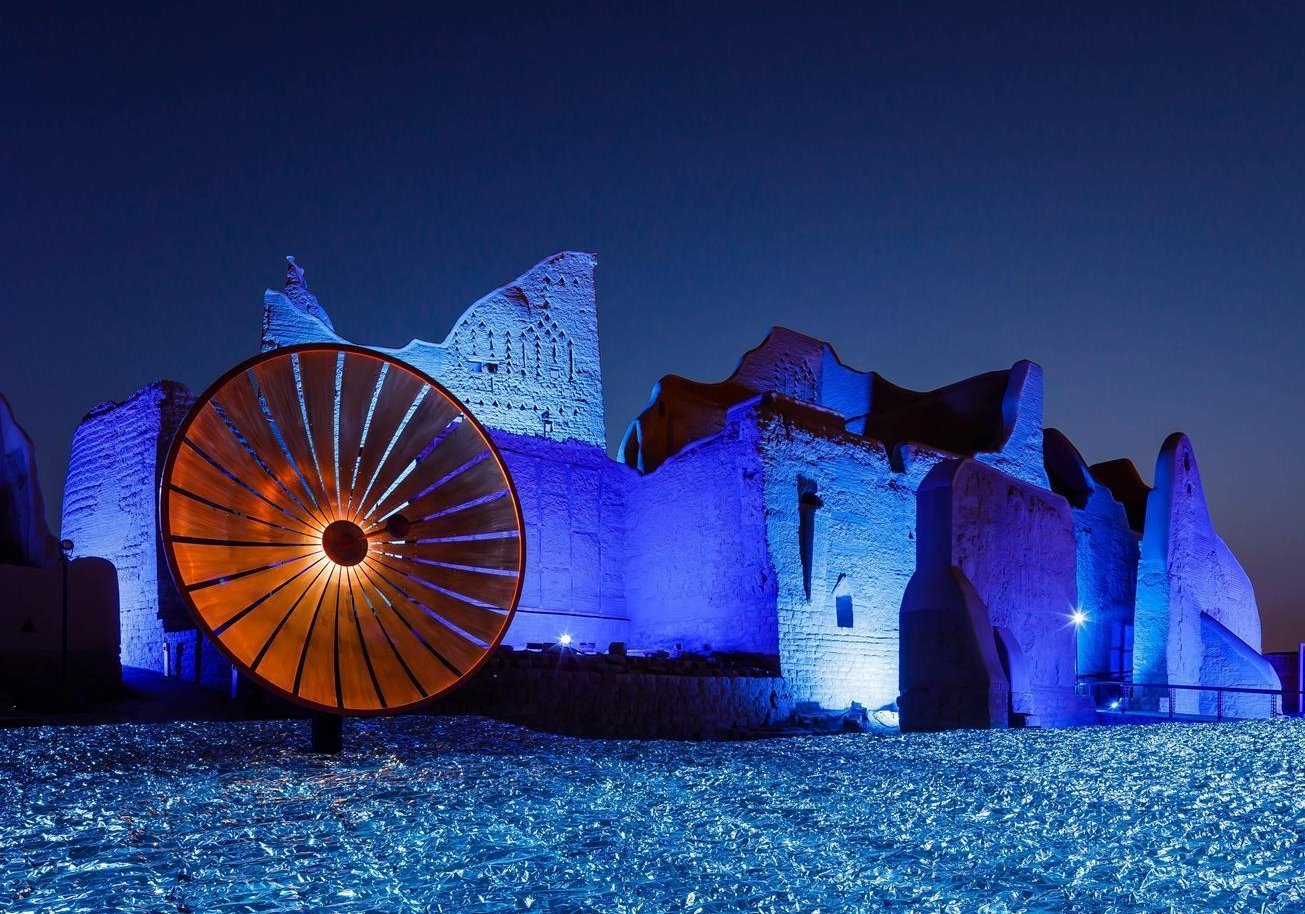Truly Epic: Discover Saudi History
Exploring Saudi Arabia’s long history is a journey alongside the evolution of humanity. Beginning from when the first humans settled in the Arabian Peninsula, it continues through the rise and fall of empires and onto the modern Kingdom of today.
At the crossroads of Europe, Africa and Asia, and between two seas, the ancestors of today’s Saudis traded, explored, and interacted with diverse peoples from around the world – An intermingling expressed today in the Kingdom’s rich heritage.
The Saudi story is told through historical treasures you can find across the Kingdom: prehistoric art, classical architecture, stunning palaces and so much more – not least the unique modern identities of its people. It’s an opportunity to see a rich and fascinating history through a whole new lens, far-removed from cartoonishly outdated stereotypes.
If this sounds like your kind of adventure, it’s never been easier to make the trip. Now’s the time to grab your passport, a couple of adventure-seeking friends and plan a trip, before the crowds beat you to the Kingdom of Wonders!
Here’s your journey through time and the places you don’t want to miss:
- Dadan and Jabal Ikmah
For six hundred years, Dadan was the capital of two ancient kingdoms that ruled the west coast of modern-day Saudi. That was over 2,000 years ago (about the same age as the colosseum in Rome) – today, these Dadanite and Lihyanite cultures are under constant re-discovery and a once-lost city is emerging beneath what is now AlUla. Visit today, and you can see the incredible Lion Tombs carved into the red cliff face, intricate paintings, and lifelike statues that bring this culture to vibrant life. Nearby at Jabal Ikmah, hundreds of inscriptions in several ancient Middle Eastern languages cover the cliffside, alongside scenes from ancient life carved into the same stone. Describing everything from farming techniques to daily rituals, it’s no wonder this UNESCO Memory of the World site has been nicknamed, “The Open Library.” Visit easily via AlUla International Airport, with direct Saudia flights to all major cities including Riyadh, Jeddah and Dammam and even direct flights in the winter months, during the “Winter at Tantora” season from select European cities!AlUla - HegraWhile you’re in AlUla why not explore the next chapter in this region’s intriguing history? When the mysterious, fantastically rich Nabataeans replaced the Dadanites as the region’s rulers, they carved their own mark on the landscape with Hegra. You might be familiar with Petra in Jordan, the Nabataeans’ other great city, seen most famously in Indiana Jones and the Last Crusade. Hegra is Petra turned inside out, with narrow canyons replaced by monoliths towering from desert sands. Today, 111 carved tombs – as well as sanctuaries, a feasting hall, and meeting places – stand behind towering, classically influenced facades with intricate inscriptions and carved sphinxes, eagles, and griffins. This lasting testament to the sophisticated culture that built them is still entrancing visitors even now.
Hegra - Rijal Almaa VillageFramed by the breathtaking Sarawat mountains, these high-rise stone buildings look like something out of an Alpine village at first glance. This is Rijal Almaa, in southwestern Asir province, an architectural marvel that has existed in this fertile corner of the kingdom for nearly a thousand years. Today, the village hosts a museum exhibiting traditional Asiri clothing, calligraphy, agriculture and tools – be sure to catch the gorgeous local Al Qatt Al Asiri style of fresco there too. And no trip would be complete without some fresh honey at Rijal Almaa’s Honey Hut!
Sarawat mountains - Thee Ain VillageAmid leafy valleys and soaring peaks, Thee Ain has stood in neighboring Al Baha province for more than 600 years thanks to the ingenious villagers who built their interconnected homes and village mosque from volcanic rock. Today, the village’s charm is matched only by the beauty of the valleys that surround it, where the freshwater spring that gave Thee Ain its name combines with mild weather and fertile soil to help banana, lemon, mango, and palm trees thrive, while basil and other herbs scent the food and air.
The Ain Village - DiriyahA short, twenty-minute drive northwest of Riyadh, Diriyah (the “armored” city) is a vibrant city in its own right, with concerts, cafes, galleries, and Michelin-starred restaurants – but its beating heart is definitely At-Turaif. Founded in the 15th century, this UNESCO World Heritage Site was the capital of the first Saudi Kingdom for more than a century – and its grand palaces, bathhouse and mosque dominate the skyline to this day. Upon arrival, you’re greeted by the towering walls of Salwa Palace, with their distinctive geometric shapes that are unlike anything else in the world. Today, the palace hosts the Diriyah Museum, its light, airy halls showcasing one-of-a-kind historic documents, intricate Arabic calligraphy, and ancient artifacts that tell the story of the tribes that lived here even before the city’s founding.
- Zaabal CastleIf you’ve ever wanted to feel like a Game of Thrones lord surveying their realm, you’ll want to experience the view from up here. Zaabal Castle was built in the 19th century, but forts have stood on top of this mountain for thousands of years. The castle stands guard over the oasis town of Sakakah in the northern Al-Jawf province, protecting its prized fertile lands, abundant water, and caravan routes from invaders. Visit, and see just how Zaabal Castle’s high walls, imposing towers, and panoramic view of the province were essential to keeping Sakakah free, safe, and prosperous.
Zaabal Castle - Jeddah Al Balad (Old City)From the towering Makkah Gate – which for centuries marked the start of pilgrims’ progress – beautiful, multi-story homes with intricate woodwork sit alongside perfumers, shoemakers, spice merchants, and artisans. Yes, whether you want to see the historic mosques or bustling souks, history is very much alive in Jeddah’s Old City, another one of Saudi’s eight UNESCO World Heritage sites and a testament to the city’s position as the cosmopolitan gateway to the Red Sea. And for you culture vultures, many of the 19th century buildings that once housed merchant families and diplomats are now open to the public, as art galleries and museums. Pro tip: Get yourself a Jeddawi guide!
Al Balad - King Abdulaziz Historical CenterAlthough not a historical site itself, the King Abdulaziz Historical Center takes you through the entire history of the Kingdom, providing a chance to learn about its social and cultural development through exhibitions and events. With its massive, canyon-like façade, built from locally sourced limestone that glows bright red at sunset, the Center instantly transports you through time to feel part of the Kingdom’s historical journey. Once you’ve got the obligatory selfie, make sure you go inside (it’s free!) because the museum itself is a visual epic, taking you from the ancient times to the modern Saudi Arabia, serving as an important educational center for people across all ages and from different backgrounds. While you’re there, make sure to visit Al Murabba (“The Square”) Palace to see a perfect example of traditional Najdi regional mud-brick architecture on a grand scale. The palace was commissioned in 1939 by the founder of the modern Kingdom, King Abdulaziz. Centered on a courtyard, Al Murabba’s two floors house 32 rooms that tell the story of Saudi Arabia through several different exhibitions as well as cinema rooms.
King Abdulaziz Historical Center
